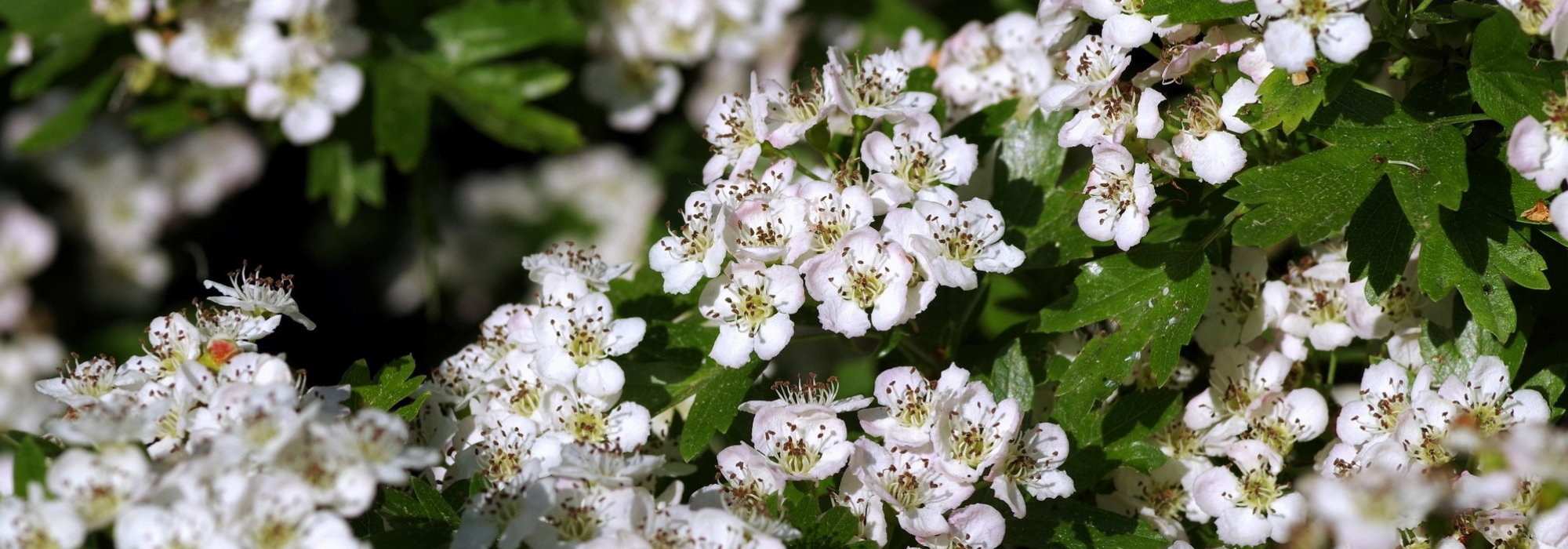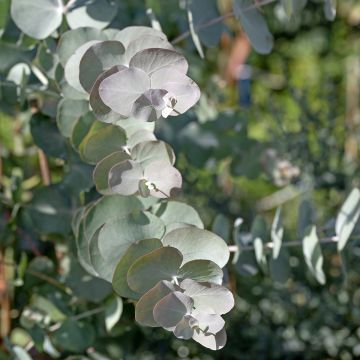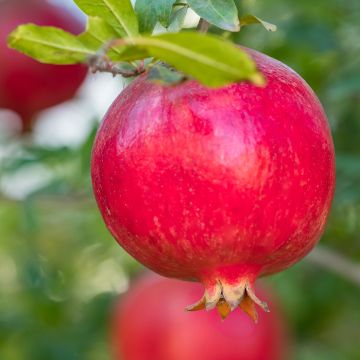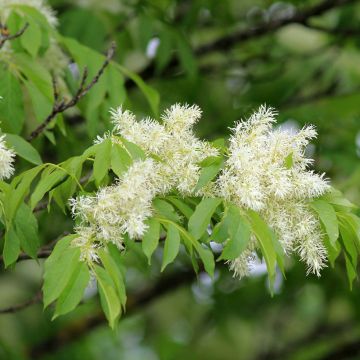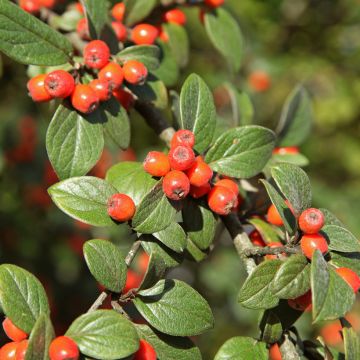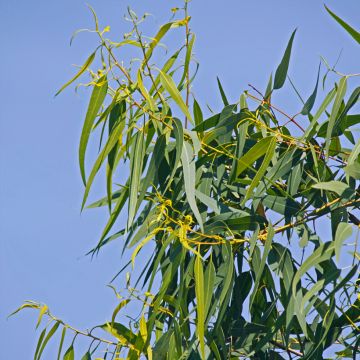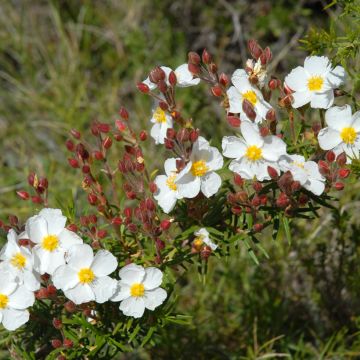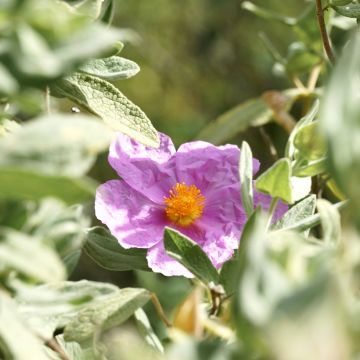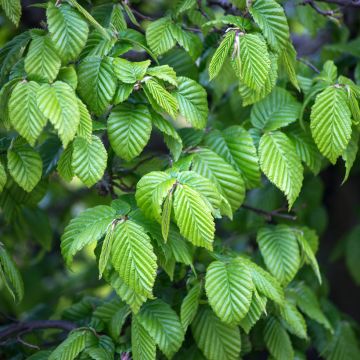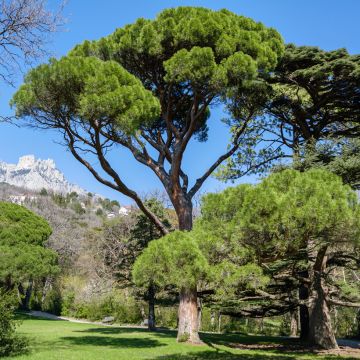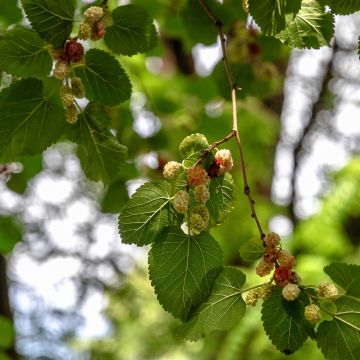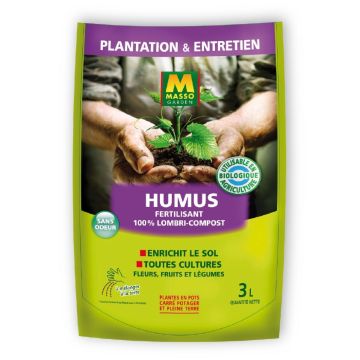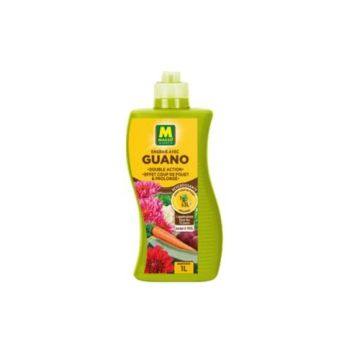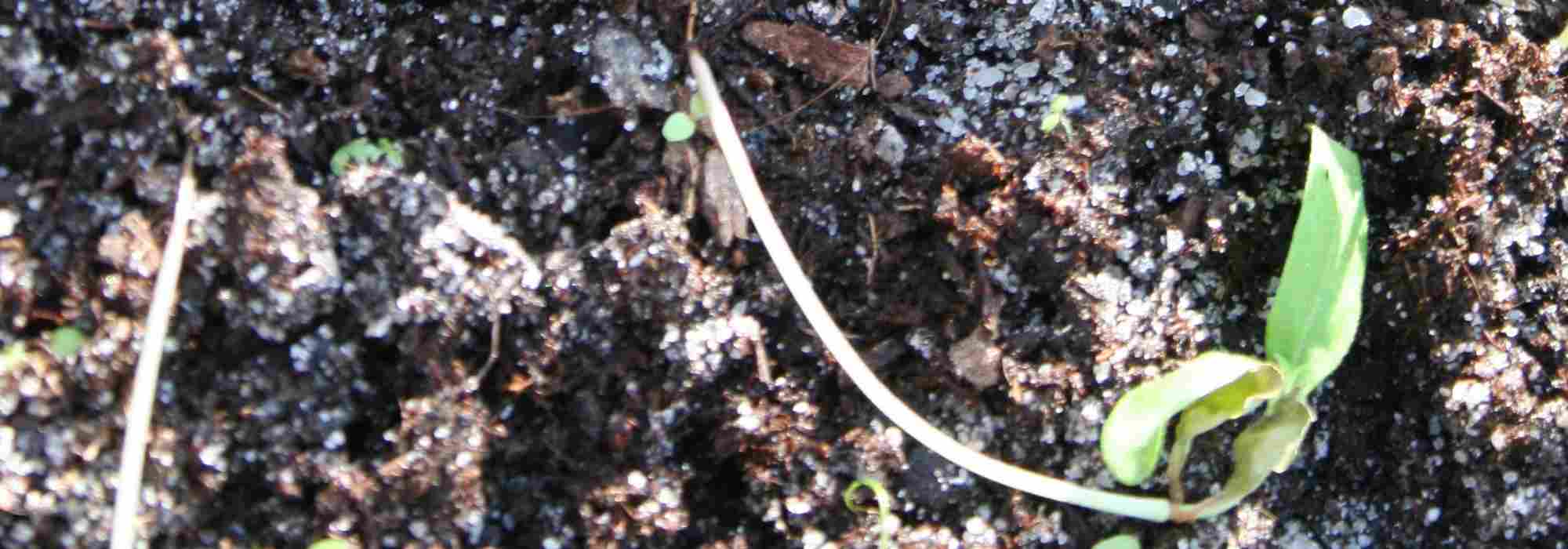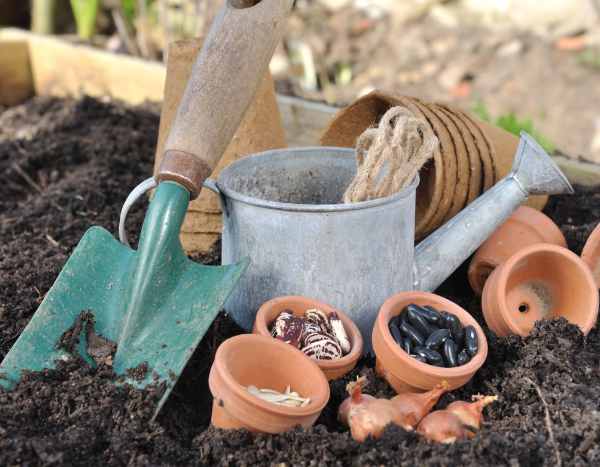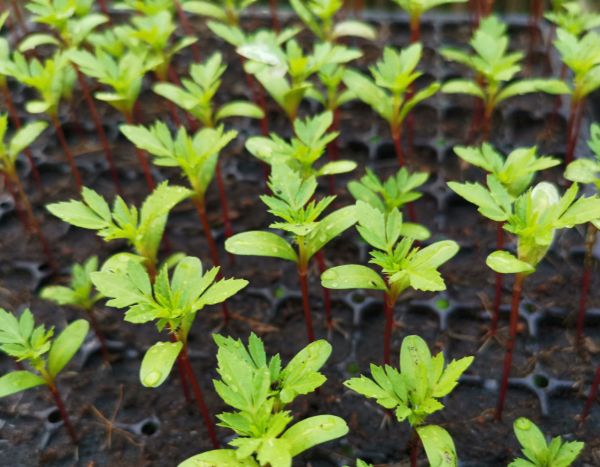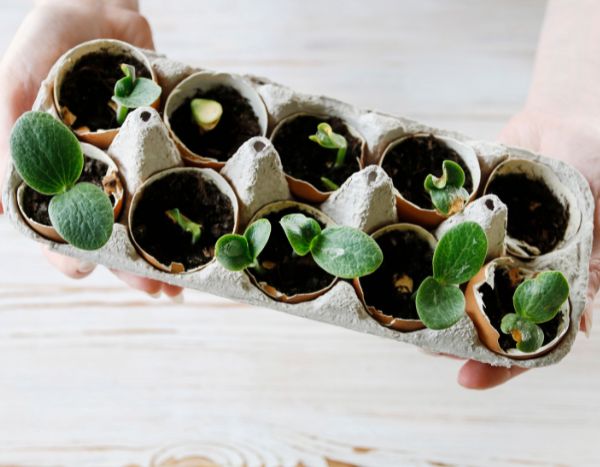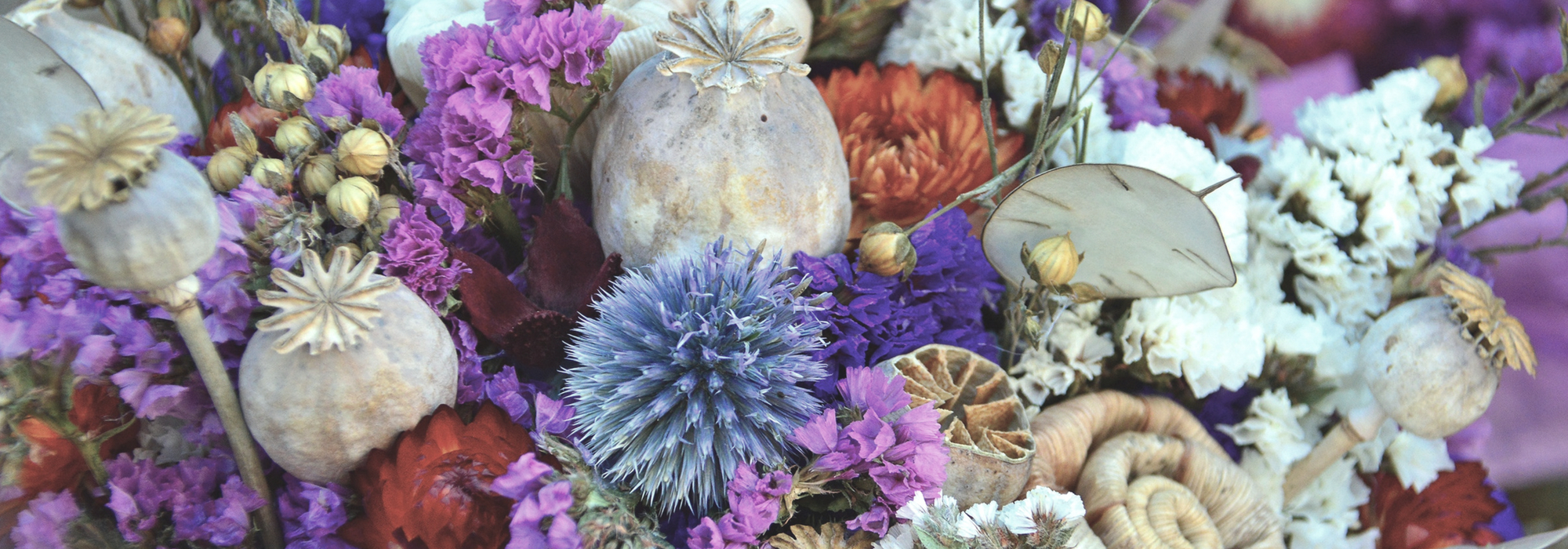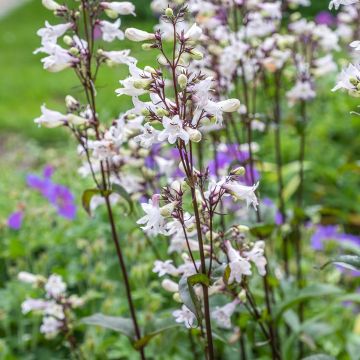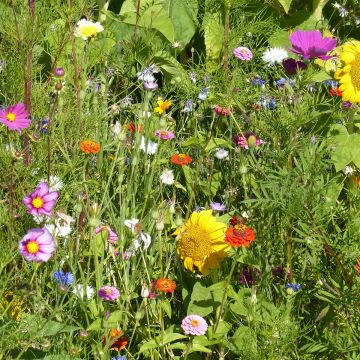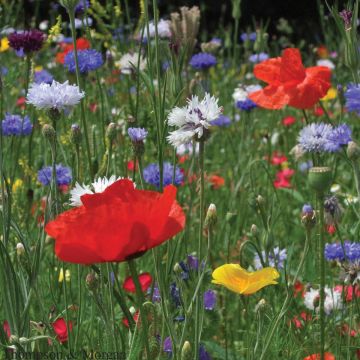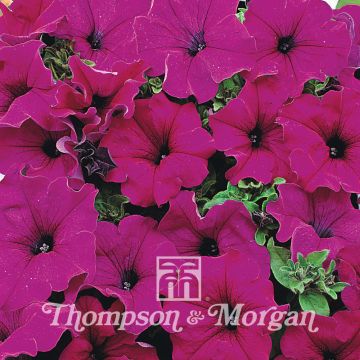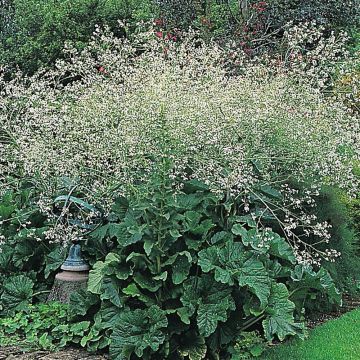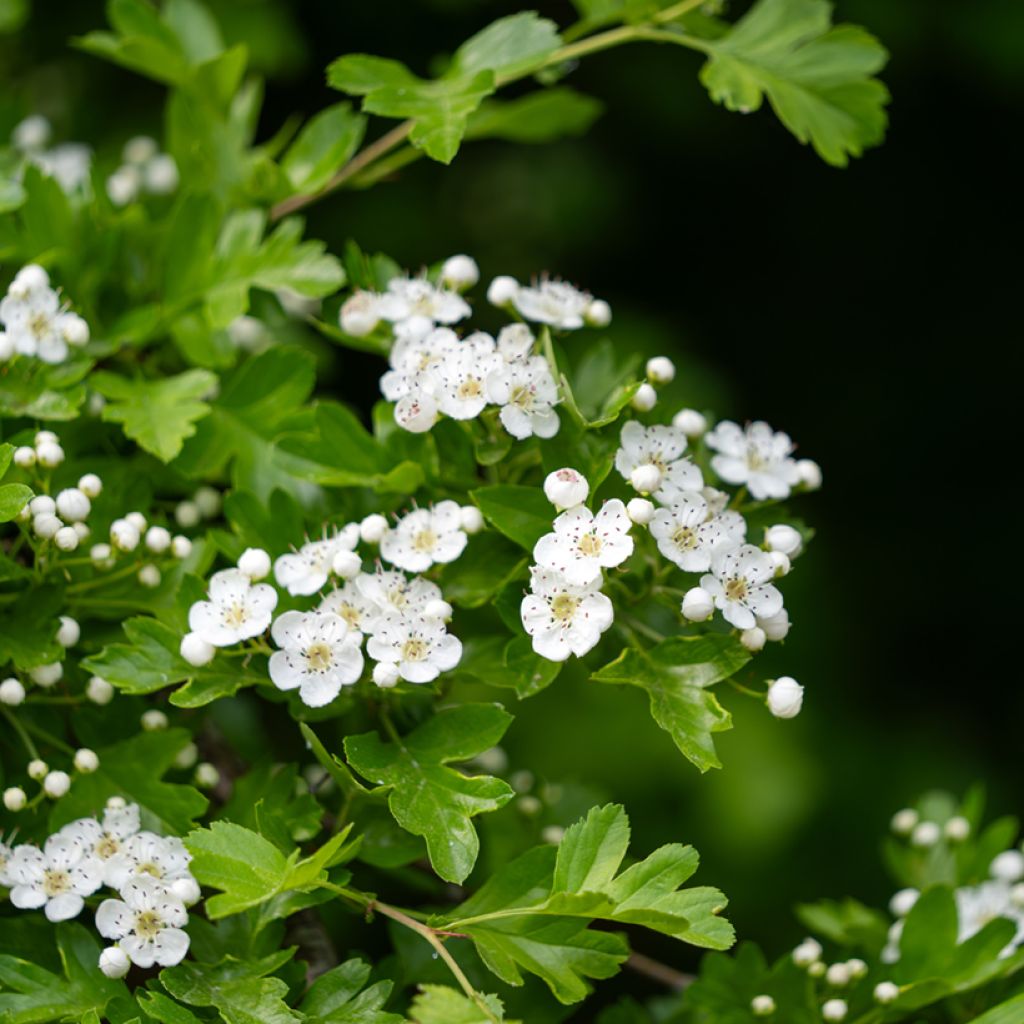

Crataegus monogyna - Hawthorn seeds
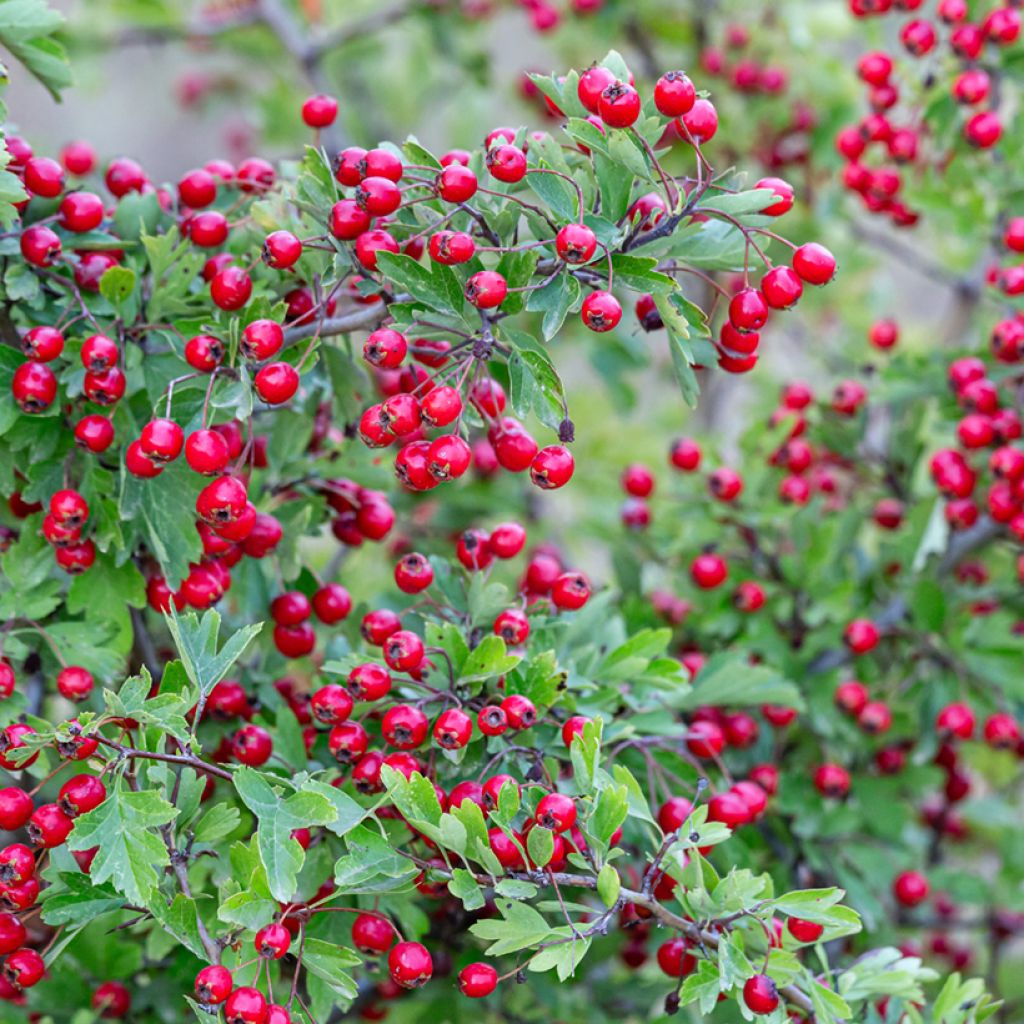

Crataegus monogyna - Hawthorn seeds
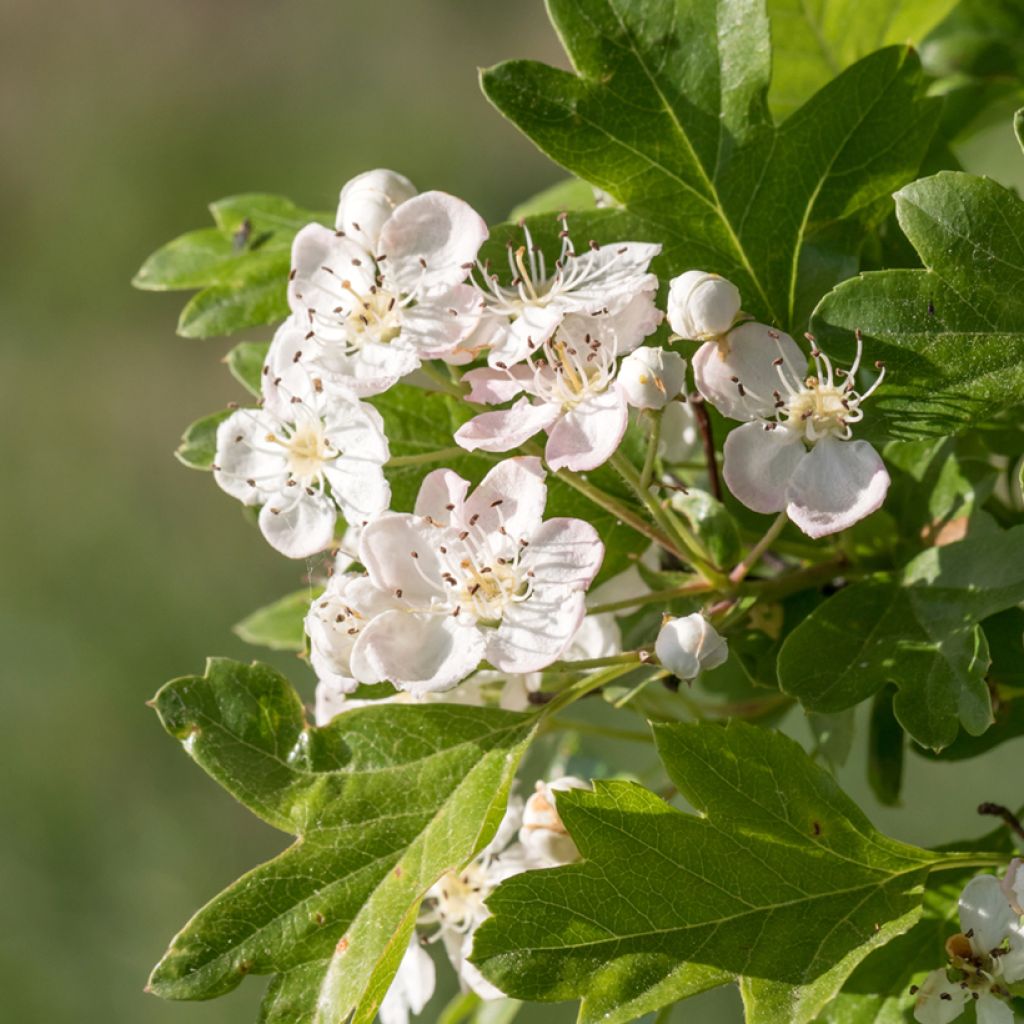

Crataegus monogyna - Hawthorn seeds
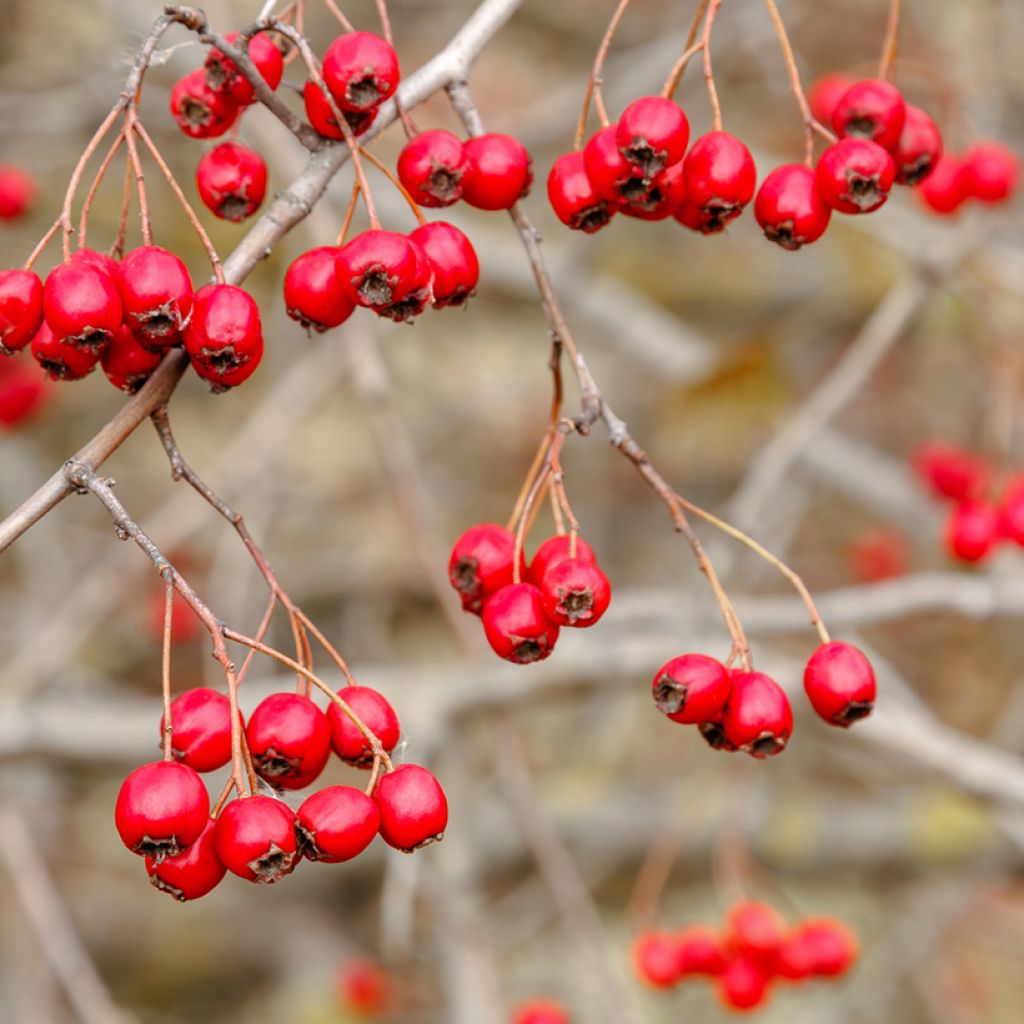

Crataegus monogyna - Hawthorn seeds
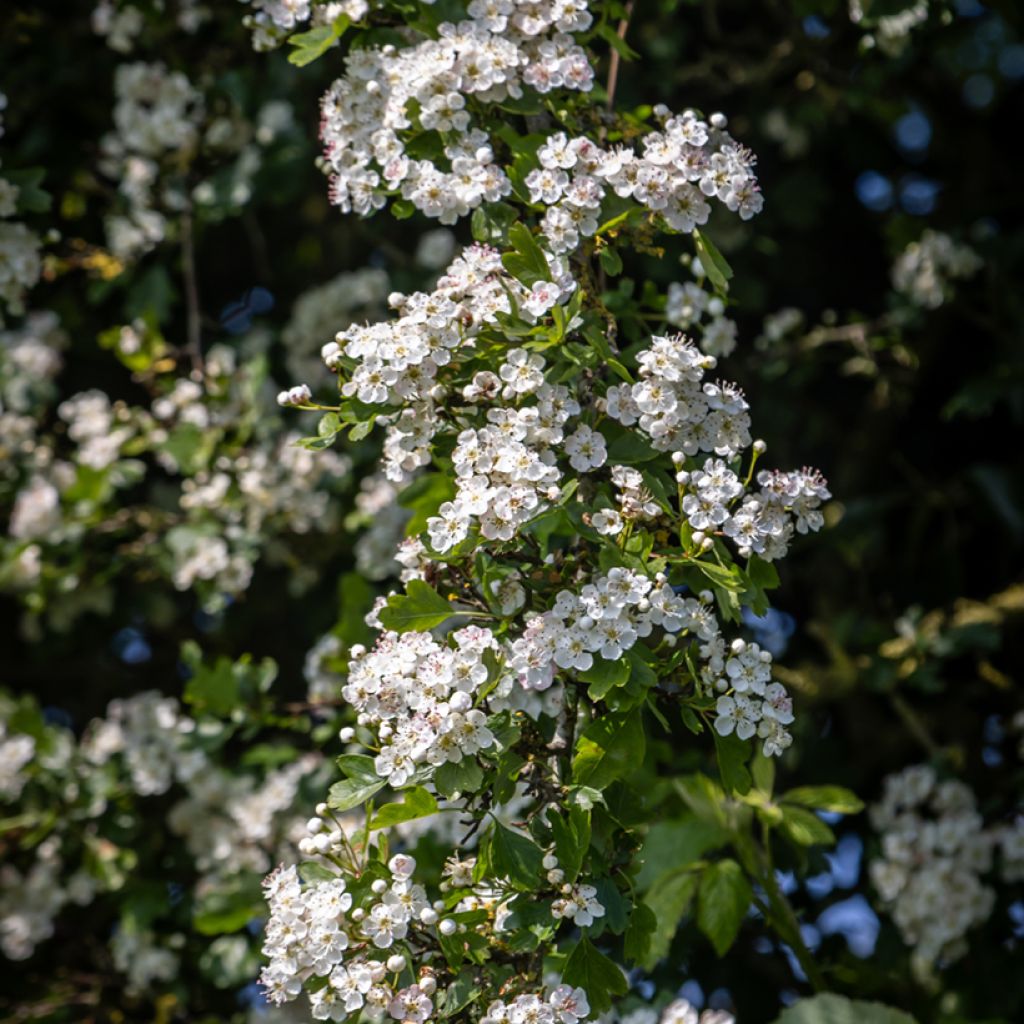

Crataegus monogyna - Hawthorn seeds
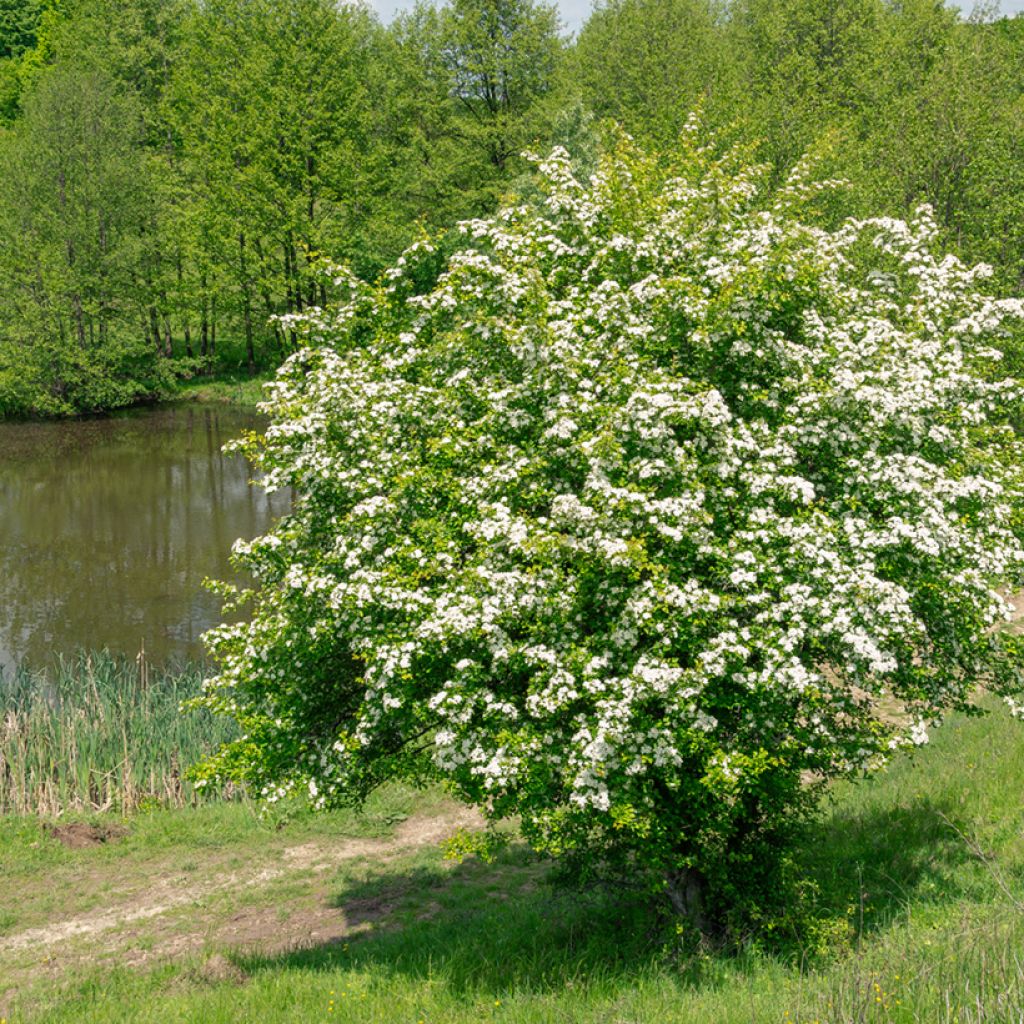

Crataegus monogyna - Hawthorn seeds
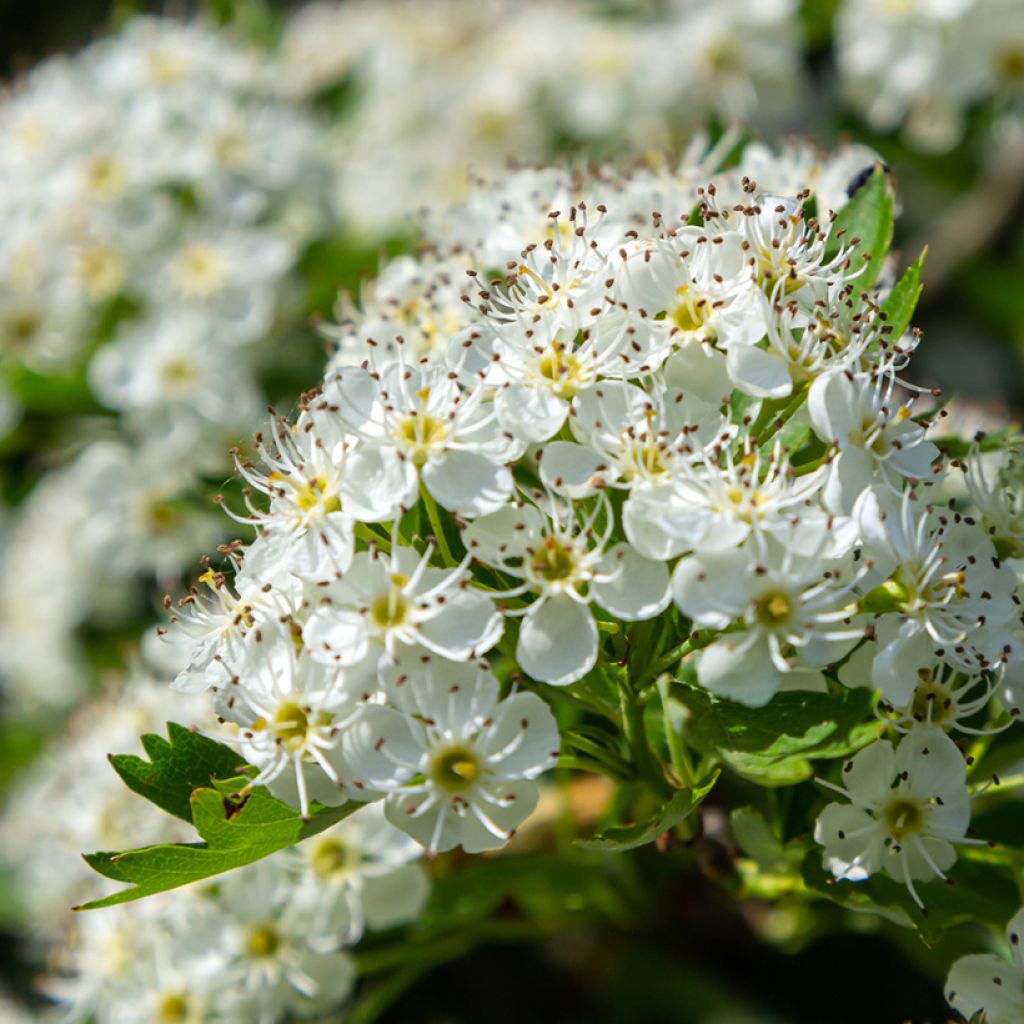

Crataegus monogyna - Hawthorn seeds
Crataegus monogyna - Hawthorn seeds
Crataegus monogyna
Hawthorn
Special offer!
Receive a €20 voucher for any order over €90 (excluding delivery costs, credit notes, and plastic-free options)!
1- Add your favorite plants to your cart.
2- Once you have reached €90, confirm your order (you can even choose the delivery date!).
3- As soon as your order is shipped, you will receive an email containing your voucher code, valid for 3 months (90 days).
Your voucher is unique and can only be used once, for any order with a minimum value of €20, excluding delivery costs.
Can be combined with other current offers, non-divisible and non-refundable.
Home or relay delivery (depending on size and destination)
Schedule delivery date,
and select date in basket
This plant carries a 6 months recovery warranty
More information
We guarantee the quality of our plants for a full growing cycle, and will replace at our expense any plant that fails to recover under normal climatic and planting conditions.
Does this plant fit my garden?
Set up your Plantfit profile →
Description
Sowing hawthorn seeds allows you to propagate Crataegus monogyna, commonly known as Common Hawthorn or Maythorn. This deciduous bush or small tree, with its rounded crown, is valued for both its ornamental appeal and hardiness. Its white spring flowering brightens the landscape and attracts pollinators, while its red fruits, haws, delight birds in autumn. This resilient, native tree tolerates both cold and drought. Sow in autumn after cold stratification.
Native to Europe, Crataegus monogyna, also called Crataegus oxyacantha var. praecox, belongs to the Rosaceae family. It is also known by many common names: Single-seeded Hawthorn, Common Hawthorn, Maythorn, Whitethorn, Noble Thorn, Bird’s Pear, and Haw. In the countryside, Crataegus monogyna colonises woodland edges, open woods, and meadows. This tree can live for 500 years and reach up to 10 metres in height. In gardens, over a few years, Crataegus monogyna grows 4 to 7 metres tall and 6 to 8 metres wide. Its bark is initially grey, then turns dark brown and scaly, covering a trunk that often becomes knobbly over time. Its short, thorny, deep purple branches contribute to its role as a natural defence in hedgerows. Its toothed leaves, composed of 5 to 7 lobes, resemble miniature maple leaves. They measure 2 to 5 cm long, are ovate and bright light green with a whitish underside. The leaf veins are divergent. In autumn, they turn golden yellow before falling. The flower corollas consist of 5 rounded petals and numerous stamens with light pink anthers that turn purple. The flowers measure 1 to 2 cm in diameter. In September-October, spherical, red, single-stoned fruits called "haws" appear, measuring 6 to 10 mm long.
The highly adaptable Common Hawthorn thrives in sunny or partially shaded locations and tolerates chalky and poor soils well. Hardy down to -25°C, it requires little maintenance. In an informal or clipped hedge, it forms an impenetrable barrier, ideal for biodiversity and protecting small wildlife. In a garden, it pairs well with countryside bushes such as Blackthorn (Prunus spinosa), Hazel (Corylus avellana), or Dog Rose (Rosa canina). Also consider Dogwoods (Cornus sanguinea) or Field Maples (Acer campestre), which share its preference for well-drained soils.
Crataegus monogyna - Hawthorn seeds in pictures




Flowering
Foliage
Plant habit
Botanical data
Crataegus
monogyna
Rosaceae
Hawthorn
Crataegus oxyacantha var. praecox
Western Europe, Central Europe
Other Tree seeds
View all →Planting and care
The seeds of Crataegus monogyna have a natural dormancy that requires cold stratification to break. To speed up the process, soak them in water at room temperature for 48 hours to soften their outer coat. They should then be placed in a moist substrate, such as a mix of sand and peat, and kept in the refrigerator between 3°C and 5°C for about 5 months. This phase mimics winter conditions and prepares the seeds for germination.
Sow at around 20°C.
Once the stratification period is over, the seeds can be sown in spring in a well-draining substrate. For pot cultivation, it is advisable to use a light, sandy compost with good drainage to avoid excess moisture. Simply bury the seeds under 5 to 10 mm of substrate, then water lightly to maintain consistent moisture. In open ground, the soil should be loosened and enriched with compost if needed. The seeds should be spaced a few centimetres apart and covered with a thin layer of light soil or gravel.
Germination can be slow and irregular, with some seeds sprouting in the first year while others may take longer. It is important to protect the sowings from birds and rodents by using a fleece or light mulch. The young plants should be cared for by maintaining adequate moisture, without overwatering, and can be transplanted after one or two years when they are sturdy enough to be permanently planted.
Sowing period
Intended location
Planting & care advice
This item has not been reviewed yet - be the first to leave a review about it.
Similar products
Haven't found what you were looking for?
Hardiness is the lowest winter temperature a plant can endure without suffering serious damage or even dying. However, hardiness is affected by location (a sheltered area, such as a patio), protection (winter cover) and soil type (hardiness is improved by well-drained soil).

Photo Sharing Terms & Conditions
In order to encourage gardeners to interact and share their experiences, Promesse de fleurs offers various media enabling content to be uploaded onto its Site - in particular via the ‘Photo sharing’ module.
The User agrees to refrain from:
- Posting any content that is illegal, prejudicial, insulting, racist, inciteful to hatred, revisionist, contrary to public decency, that infringes on privacy or on the privacy rights of third parties, in particular the publicity rights of persons and goods, intellectual property rights, or the right to privacy.
- Submitting content on behalf of a third party;
- Impersonate the identity of a third party and/or publish any personal information about a third party;
In general, the User undertakes to refrain from any unethical behaviour.
All Content (in particular text, comments, files, images, photos, videos, creative works, etc.), which may be subject to property or intellectual property rights, image or other private rights, shall remain the property of the User, subject to the limited rights granted by the terms of the licence granted by Promesse de fleurs as stated below. Users are at liberty to publish or not to publish such Content on the Site, notably via the ‘Photo Sharing’ facility, and accept that this Content shall be made public and freely accessible, notably on the Internet.
Users further acknowledge, undertake to have ,and guarantee that they hold all necessary rights and permissions to publish such material on the Site, in particular with regard to the legislation in force pertaining to any privacy, property, intellectual property, image, or contractual rights, or rights of any other nature. By publishing such Content on the Site, Users acknowledge accepting full liability as publishers of the Content within the meaning of the law, and grant Promesse de fleurs, free of charge, an inclusive, worldwide licence for the said Content for the entire duration of its publication, including all reproduction, representation, up/downloading, displaying, performing, transmission, and storage rights.
Users also grant permission for their name to be linked to the Content and accept that this link may not always be made available.
By engaging in posting material, Users consent to their Content becoming automatically accessible on the Internet, in particular on other sites and/or blogs and/or web pages of the Promesse de fleurs site, including in particular social pages and the Promesse de fleurs catalogue.
Users may secure the removal of entrusted content free of charge by issuing a simple request via our contact form.
The flowering period indicated on our website applies to countries and regions located in USDA zone 8 (France, the United Kingdom, Ireland, the Netherlands, etc.)
It will vary according to where you live:
- In zones 9 to 10 (Italy, Spain, Greece, etc.), flowering will occur about 2 to 4 weeks earlier.
- In zones 6 to 7 (Germany, Poland, Slovenia, and lower mountainous regions), flowering will be delayed by 2 to 3 weeks.
- In zone 5 (Central Europe, Scandinavia), blooming will be delayed by 3 to 5 weeks.
In temperate climates, pruning of spring-flowering shrubs (forsythia, spireas, etc.) should be done just after flowering.
Pruning of summer-flowering shrubs (Indian Lilac, Perovskia, etc.) can be done in winter or spring.
In cold regions as well as with frost-sensitive plants, avoid pruning too early when severe frosts may still occur.
The planting period indicated on our website applies to countries and regions located in USDA zone 8 (France, United Kingdom, Ireland, Netherlands).
It will vary according to where you live:
- In Mediterranean zones (Marseille, Madrid, Milan, etc.), autumn and winter are the best planting periods.
- In continental zones (Strasbourg, Munich, Vienna, etc.), delay planting by 2 to 3 weeks in spring and bring it forward by 2 to 4 weeks in autumn.
- In mountainous regions (the Alps, Pyrenees, Carpathians, etc.), it is best to plant in late spring (May-June) or late summer (August-September).
The harvesting period indicated on our website applies to countries and regions in USDA zone 8 (France, England, Ireland, the Netherlands).
In colder areas (Scandinavia, Poland, Austria...) fruit and vegetable harvests are likely to be delayed by 3-4 weeks.
In warmer areas (Italy, Spain, Greece, etc.), harvesting will probably take place earlier, depending on weather conditions.
The sowing periods indicated on our website apply to countries and regions within USDA Zone 8 (France, UK, Ireland, Netherlands).
In colder areas (Scandinavia, Poland, Austria...), delay any outdoor sowing by 3-4 weeks, or sow under glass.
In warmer climes (Italy, Spain, Greece, etc.), bring outdoor sowing forward by a few weeks.






























